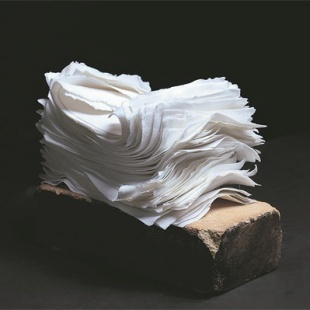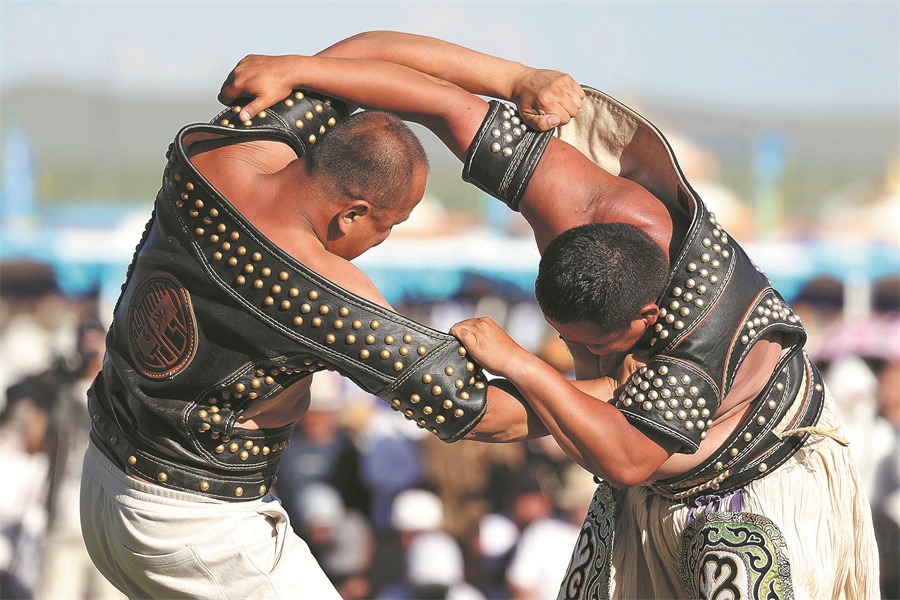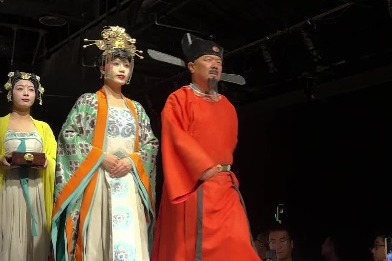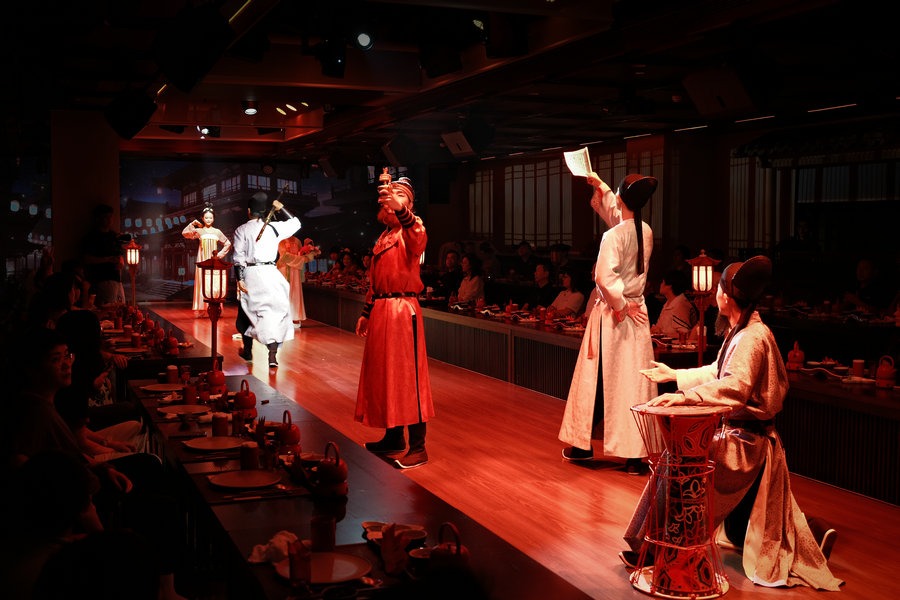Delicate wares exhibit county's resilience

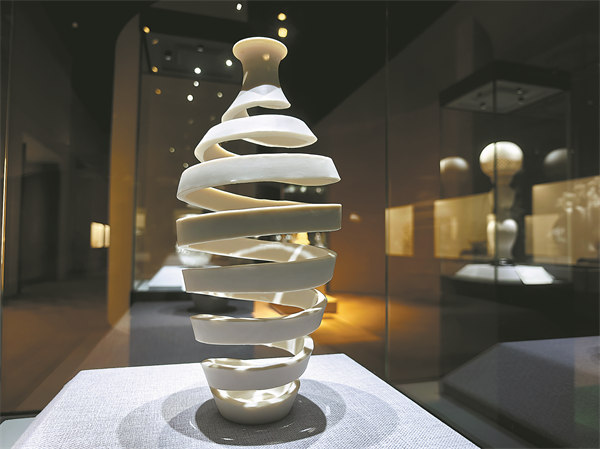
Showcase highlights the history of Dehua's famous white porcelain culture, which quickly attracted international attention and inspired artists worldwide, Zhang Kun reports.
Blanc de Chine, or "white from China", originated in a small town in Southeast China's Fujian province that has grown to become a big name internationally. Blanc de Chine is the French name given to porcelain goods made in Dehua, due to their outstanding quality and refined aesthetics.
Dehua is a county in the middle of Fujian under the administration of Quanzhou city, with a population under 300,000. The county boasts a pottery-making history of over 3,700 years, Wu Zhipu, head of Dehua county, says at the opening of the largest exhibition of Dehua porcelain in Shanghai: "Dehua is one origin of China's ceramic culture."
The ivory-white glaze of Dehua porcelain has won the hearts of people worldwide, becoming an ambassador of global cultural exchanges, he says. Dehua porcelain can be found in more than 40 internationally renowned museums.
The exhibition Pure by Nature: The Art of Blanc de Chine is open at the China Art Museum, Shanghai, until Sept 18. It presents over 200 Dehua porcelain masterpieces in a systematic showcase of its glorious history and contemporary achievements, and explores its core aesthetics and international significance that transcends cultures, says Zhang Xiaoling, curator of the exhibition and dean of the College of Fine Arts at East China Normal University.
During the Song Dynasty (960-1279), Dehua porcelain began entering overseas markets and gradually became an important export commodity from China along the ancient Maritime Silk Road.
A small jar in the collection of the St Mark's Basilica in Venice, Italy, was believed to be the first Chinese porcelain to reach Europe. It was made in Dehua and is said to have been brought back by Marco Polo in the 13th century.


